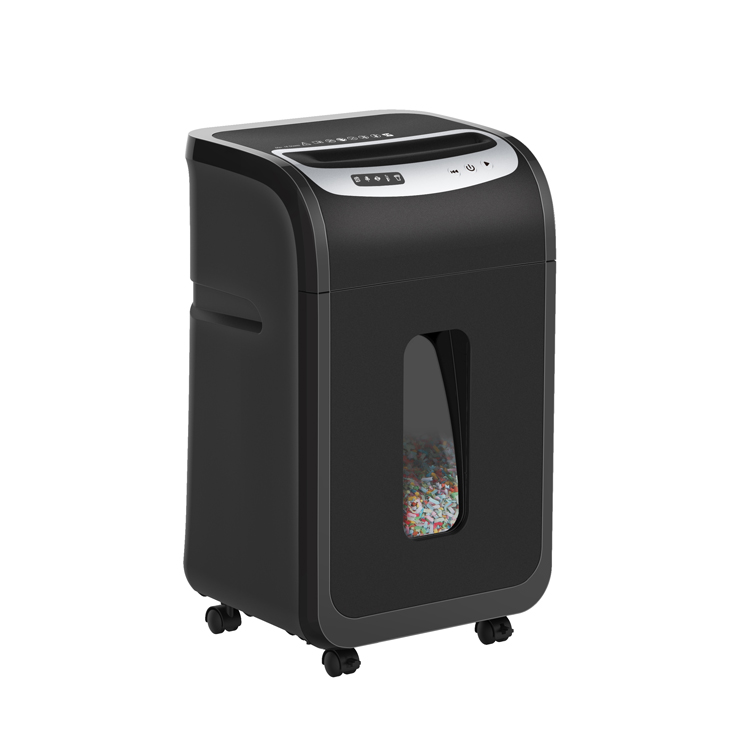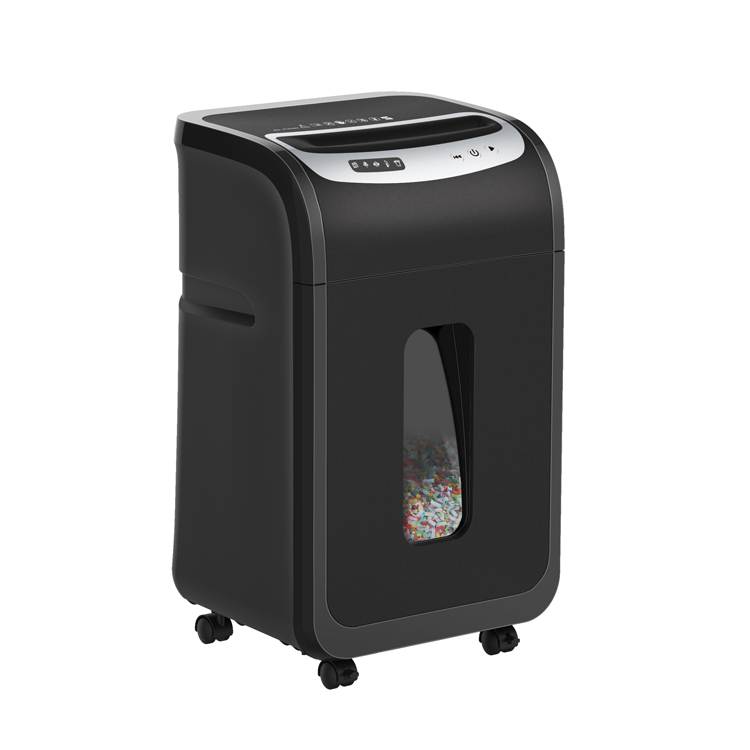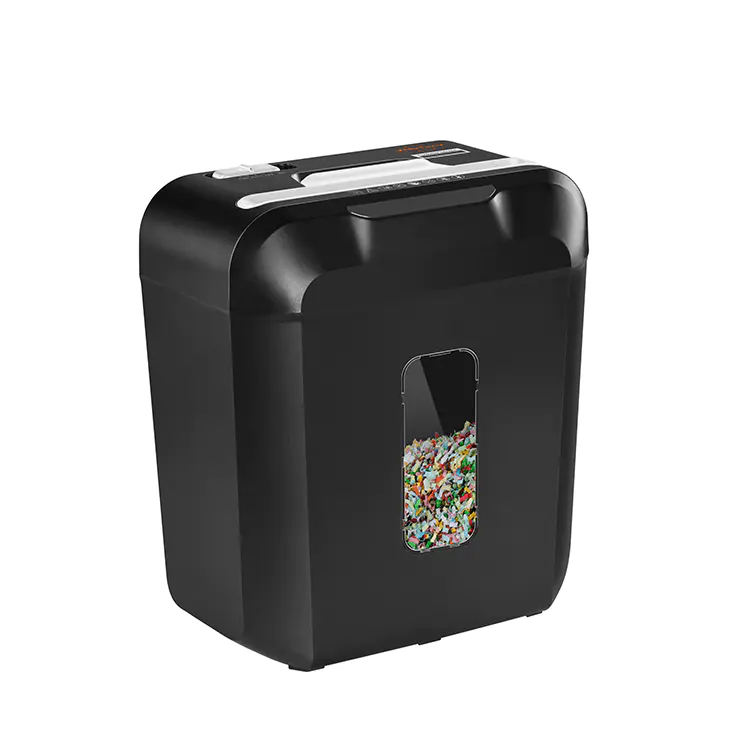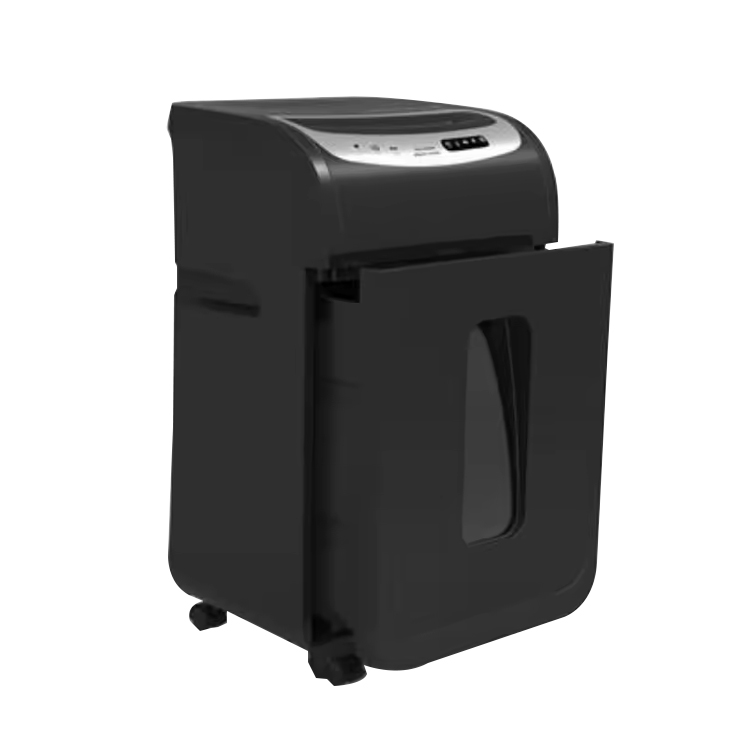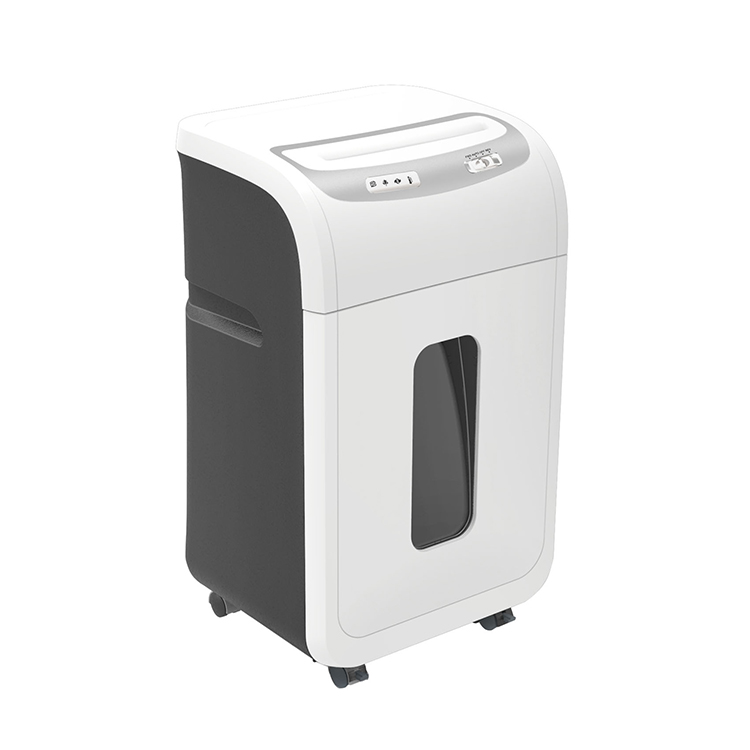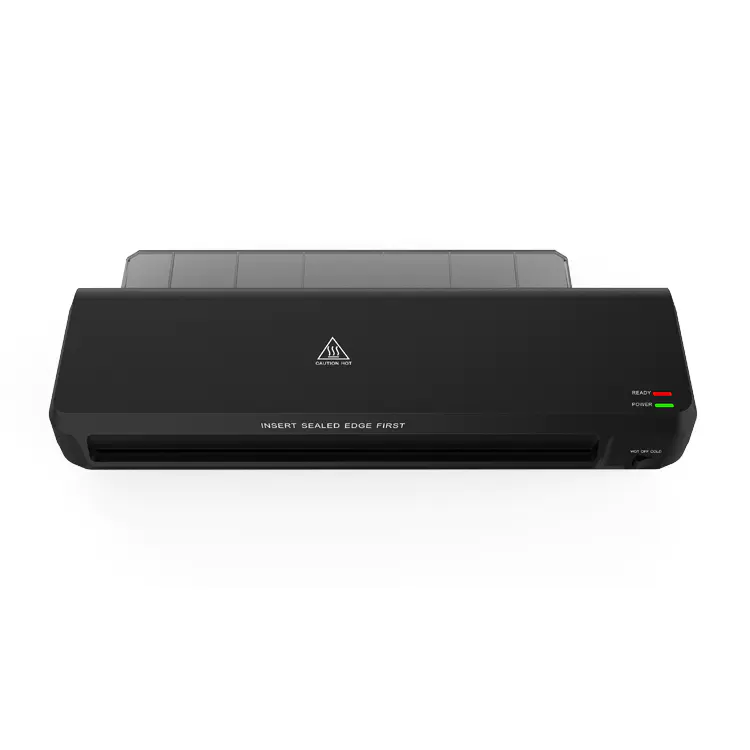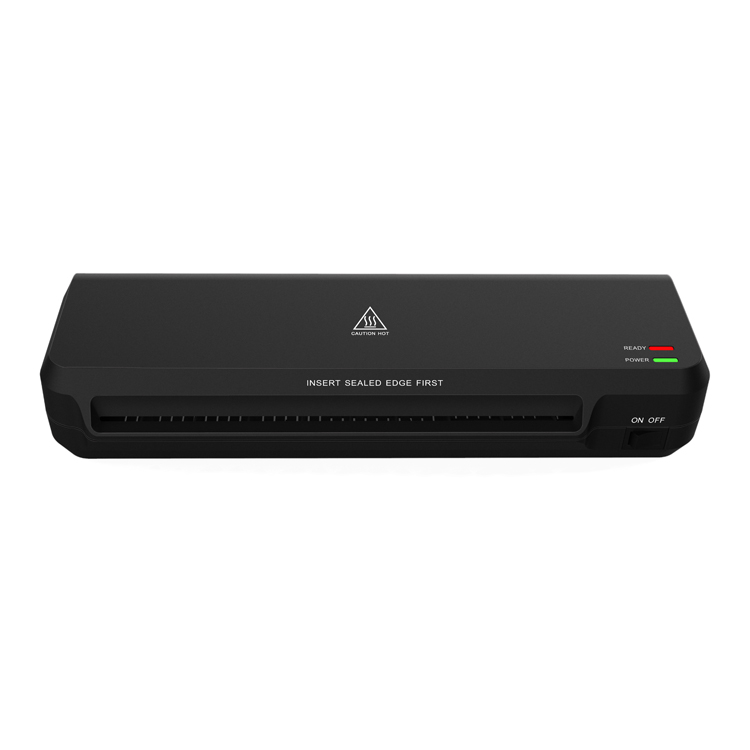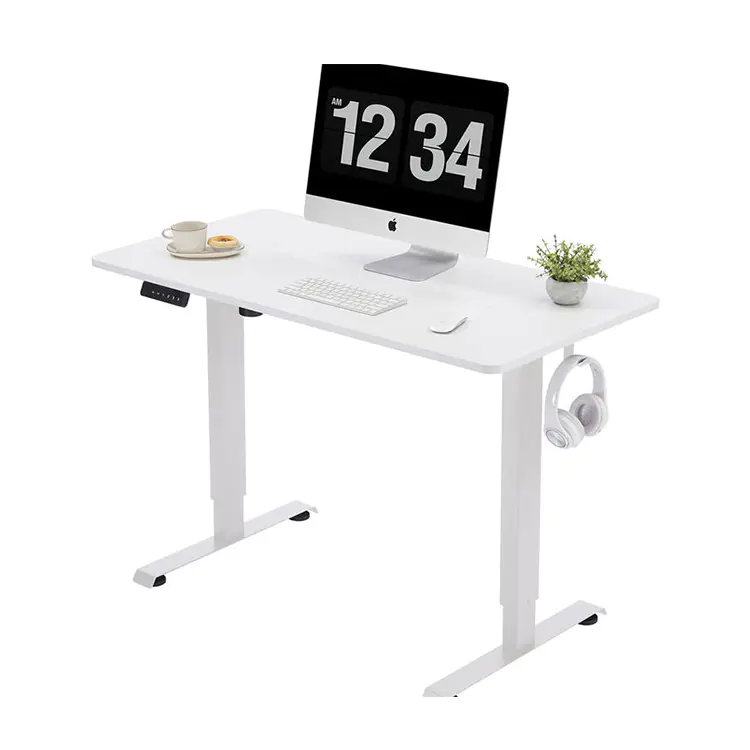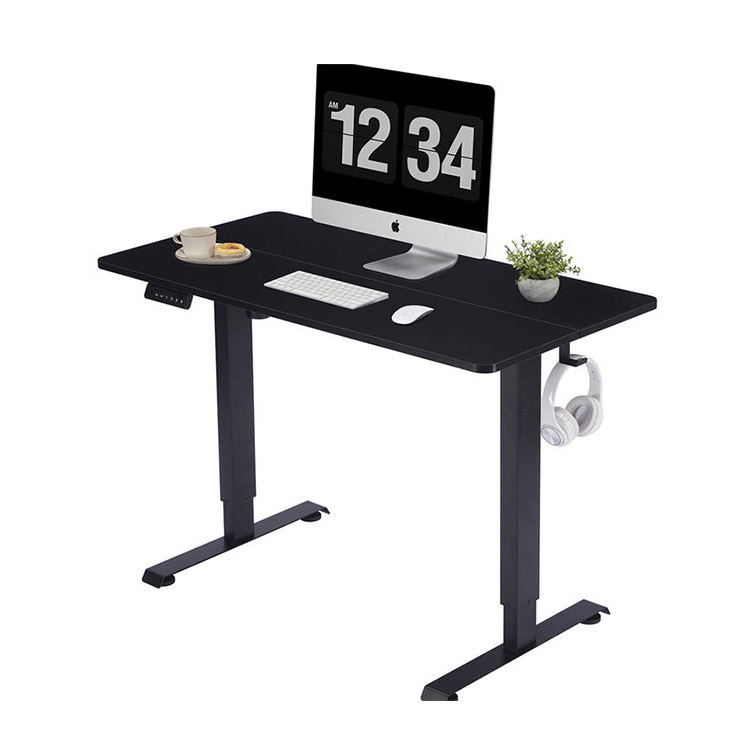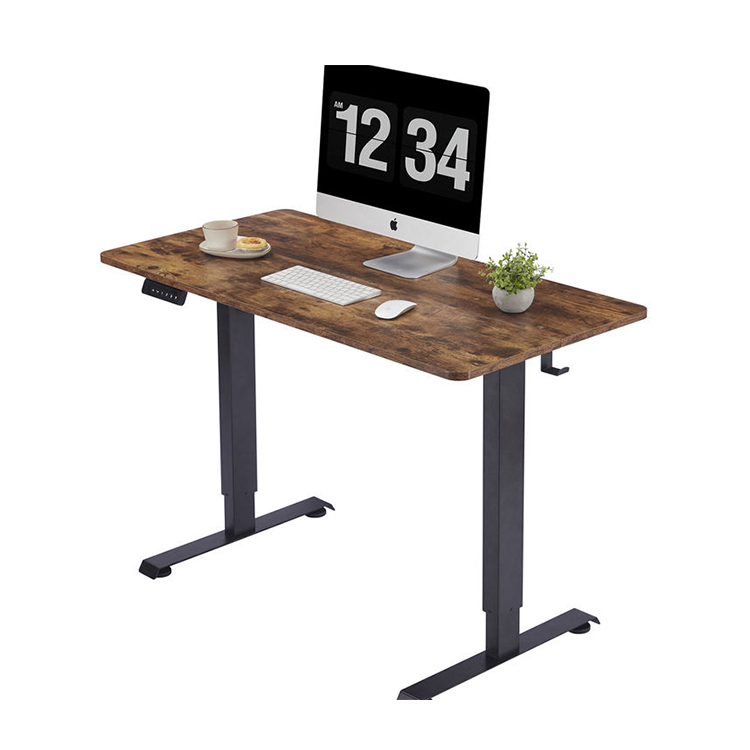What Are the Key Differences Between Cross-Cut and Strip-Cut Paper Shredders?
Paper shredders are essential office tools used to protect sensitive information by securely disposing of documents. There are two main types of paper shredders available on the market today: cross-cut and strip-cut paper shredders. Both perform the same basic task—shredding paper—but they do so in different ways, offering different levels of security, performance, and convenience.
Shredding Mechanism: Cross-Cut vs. Strip-Cut
The most obvious difference between these two types of shredders is the way they cut paper.
Cross-Cut Shredders
-
Mechanism: Cross-cut shredders work by cutting paper in two directions: vertically and horizontally. This results in smaller, confetti-like pieces, which are harder to reassemble. The cut sizes are generally much smaller, providing higher levels of security.
-
Efficiency: While the shredding process is slower, the smaller pieces offer increased security, especially when dealing with confidential documents such as legal papers, financial statements, or medical records. This makes them ideal for environments where confidentiality is paramount.
Strip-Cut Shredders
-
Mechanism: In contrast, strip-cut shredders cut the paper into long, narrow strips, usually about ¼ inch wide. The paper is passed through a single set of rotating blades that create these strips in a single cutting direction. The result is long, uniform strips that are much easier to reconstruct than the pieces produced by cross-cut shredders.
-
Efficiency: These machines tend to be faster than cross-cut models because they only make one cut per paper, but the security level is significantly lower. Strip-cut shredders are better suited for environments where document security is less of a concern, such as shredding junk mail or non-sensitive documents.
Security Level: Which Offers More Protection?
One of the most important considerations when choosing a paper shredder is security. This is especially crucial for businesses and individuals handling confidential or personal information.
Cross-Cut Shredders
-
Security Level: Cross-cut shredders are typically classified into different levels of security. The smaller the shredded pieces, the more secure the shredder is. Cross-cut shredders often meet the P-4 or P-5 classification under the DIN 66399 standard for high-security shredding.
-
Sensitive Information: The smaller pieces of shredded paper are much harder to reassemble, making cross-cut shredders the preferred choice for destroying sensitive materials such as personal data, financial documents, and legal files.
Strip-Cut Shredders
-
Security Level: Strip-cut shredders are generally classified as P-2, which means they offer a low level of security. The long strips can be easily reconstructed if someone is determined enough to reassemble them.
-
General Use: These shredders are often used for general office use, where document security is not as critical. They are typically used for shredding non-sensitive materials like old magazines, newspapers, and junk mail.
Shredding Speed: Which Is Faster?
Shredding speed can be a deciding factor when selecting a paper shredder, especially in environments where large volumes of paper need to be processed.
Cross-Cut Shredders
-
Slower Process: Because the shredding process involves multiple cuts, cross-cut shredders tend to be slower than strip-cut models. Each document is cut into small pieces in two directions, which means it takes longer to process a single sheet of paper.
-
Trade-Off for Security: This slower speed is a trade-off for higher security. If you need to shred a small amount of paper that contains confidential information, the slow shredding speed is usually not a concern.
Strip-Cut Shredders
-
Faster Process: Since strip-cut shredders only make one cut per sheet, they tend to operate faster than their cross-cut counterparts. This makes them ideal for high-volume shredding, where the primary concern is speed rather than security.
-
Ideal for Low-Security Shredding: These shredders are perfect for environments where large volumes of non-sensitive documents need to be disposed of quickly, such as in offices that deal with regular mail or routine paperwork.
Waste Volume: What Happens to the Shredded Paper?
The waste volume produced by each type of shredder varies, which is an important consideration if you want to avoid frequent bin-emptying.
Cross-Cut Shredders
-
More Waste: Because the pieces are smaller, the waste bin of a cross-cut shredder will fill up more quickly. However, the shredded material is more compact, so it may be easier to dispose of in smaller, more manageable batches.
-
Convenient for Small Volumes: If you are shredding a relatively small amount of paper, the increased waste volume is not an issue. However, for larger shredding tasks, you may need to empty the bin more often.
Strip-Cut Shredders
-
Less Waste: Since the paper is shredded into longer strips, there are fewer pieces of shredded material, which means the waste bin will fill up more slowly compared to a cross-cut shredder.
-
Requires More Space: Although the bin may need to be emptied less often, the larger strips take up more space, which may lead to more bulky waste. This might be less efficient if you have limited storage space for disposal.
Paper Capacity: Which Can Handle More Sheets at Once?
The sheet capacity of a shredder refers to the number of sheets of paper it can process at once.
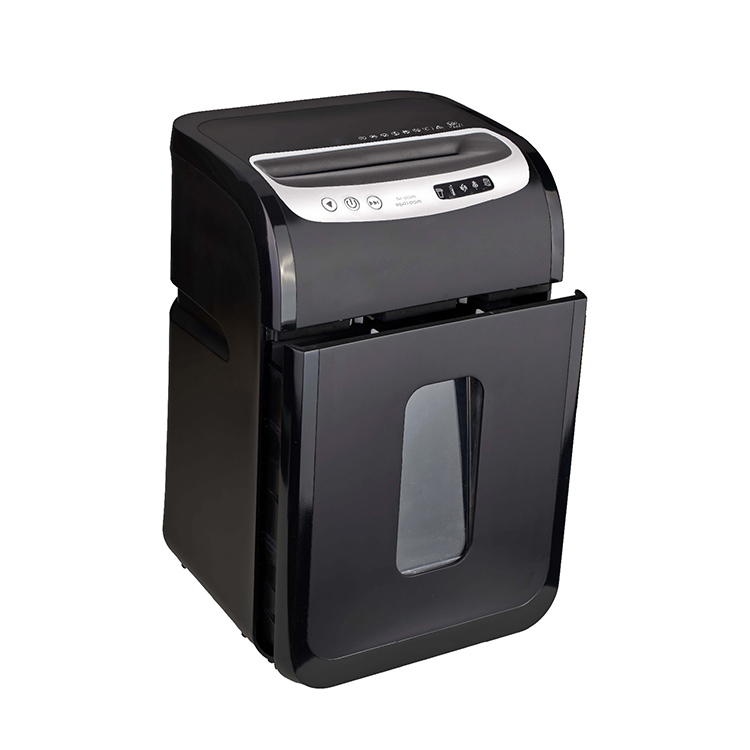
Cross-Cut Shredders
-
Lower Sheet Capacity: Cross-cut shredders generally have a lower sheet capacity per pass because the cutting process is more intricate. The blades are designed to handle fewer sheets at a time due to the complexity of the cutting mechanism.
-
Ideal for Sensitive Documents: Cross-cut shredders are perfect for shredding sensitive or confidential materials in smaller batches, but they may not be suitable for processing large volumes of paper at once.
Strip-Cut Shredders
-
Higher Sheet Capacity: Strip-cut shredders typically have a higher sheet capacity because the cutting mechanism is simpler and requires less effort per sheet. This makes them ideal for offices that need to shred large volumes of non-sensitive paper quickly.
-
Better for Routine Shredding: If your primary concern is shredding a high volume of documents with less emphasis on security, a strip-cut shredder is a better choice.
Noise Levels: Which Is Quieter?
The noise level produced by paper shredders can be an important factor, especially in offices where employees need a quiet working environment.
Cross-Cut Shredders
-
Noisier: Cross-cut shredders are generally noisier than strip-cut shredders because of the more intricate cutting action. The additional cuts and complex mechanisms create more friction and sound, which can be disruptive in a quiet office.
-
High-Security = Higher Noise: The increased security that comes with smaller shredded pieces often comes with a trade-off in noise. If you’re concerned about noise, it’s something to consider when choosing a shredder.
Strip-Cut Shredders
-
Quieter: Strip-cut shredders tend to be quieter because the cutting action is simpler and only requires one direction of movement. While not completely silent, strip-cut shredders are often quieter than cross-cut models.
-
Ideal for Quiet Offices: For offices where noise is a concern, especially in open-plan workspaces, strip-cut shredders can be a more acceptable choice.
Cost: Which Is More Affordable?
Price is an important factor for many businesses and individuals when choosing a paper shredder.
Cross-Cut Shredders
-
Higher Cost: Cross-cut shredders are typically more expensive due to their complex cutting mechanisms and higher security levels. The added features, such as smaller shreds and better security, contribute to the higher price.
-
Investment in Security: If your primary concern is document security and you’re willing to invest in a shredder that will provide a higher level of protection, the higher cost of a cross-cut shredder may be justified.
Strip-Cut Shredders
-
Lower Cost: Strip-cut shredders are usually more affordable because of their simpler design and lower security level. They are a great option for individuals or businesses that need an affordable, high-speed shredder for everyday, non-sensitive documents.
-
Cost-Effective for General Use: If you don’t need to shred highly sensitive information and are looking for a basic, cost-effective solution, a strip-cut shredder is a more budget-friendly option.

 English
English русский
русский Español
Español Deutsch
Deutsch عربى
عربى
 0
0

